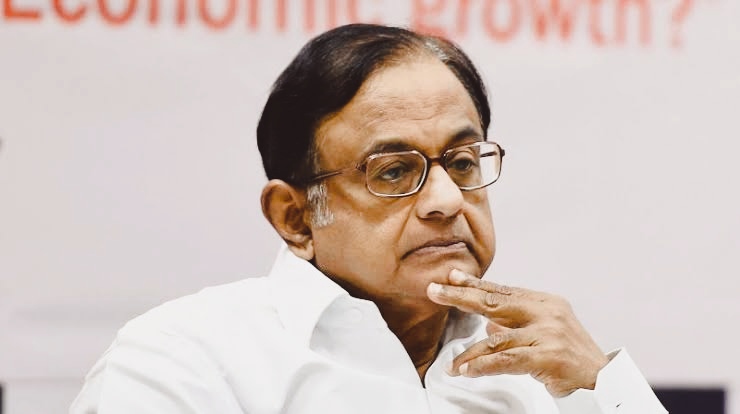The story of Goa’s freedom revolves around the struggle for independence from Portuguese colonial rule. Goa, a region on the western coast of India, was under Portuguese control for over four centuries. The fight for liberation gained momentum in the mid-20th century, with various individuals and groups advocating for self-rule.
The movement reached its peak in the 1950s and 1960s when the people of Goa, along with other territories like Dadra and Nagar Haveli, and Daman and Diu, began actively protesting Portuguese rule. Protests, demonstrations, and civil disobedience campaigns were organized, demanding the end of colonial rule and the integration of these territories into the newly independent India.
In 1961, the movement took a decisive turn when the Indian government, led by Prime Minister Jawaharlal Nehru, launched “Operation Vijay” to liberate Goa from Portuguese control. Indian armed forces crossed into Goa, resulting in a swift military operation that led to the annexation of the territory. The move was met with support from the local population, who had long endured the oppressive colonial rule.
On December 19, 1961, Goa was officially integrated into India, and the colonial era came to an end. The liberation of Goa is a significant but often overlooked chapter in India’s struggle for independence, as it involved not only a political battle but also a display of unity among the Indian states.
The story of Goa’s freedom highlights the determination of its people and the broader Indian sentiment against colonialism, ultimately leading to the end of Portuguese rule in the region.





